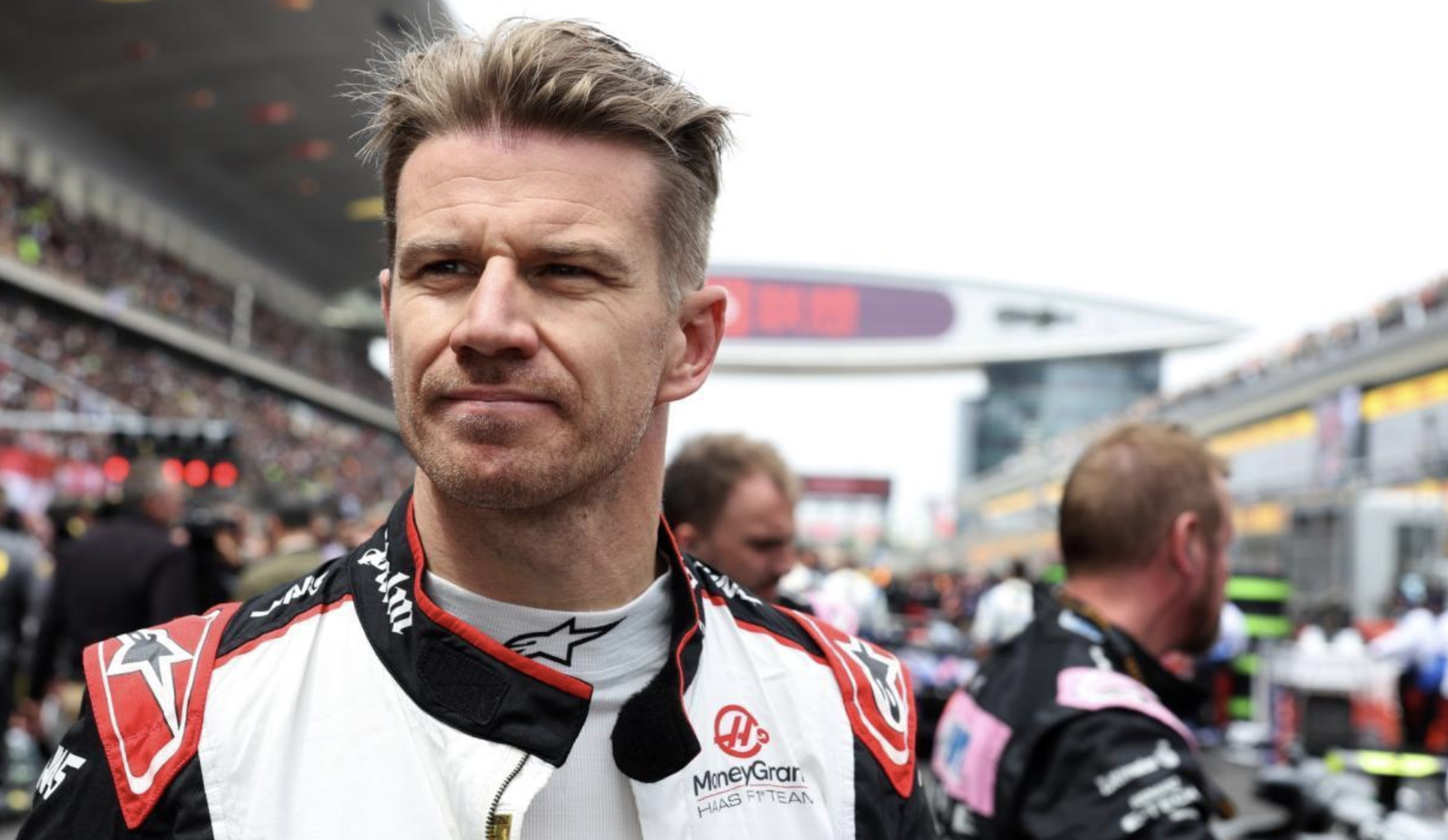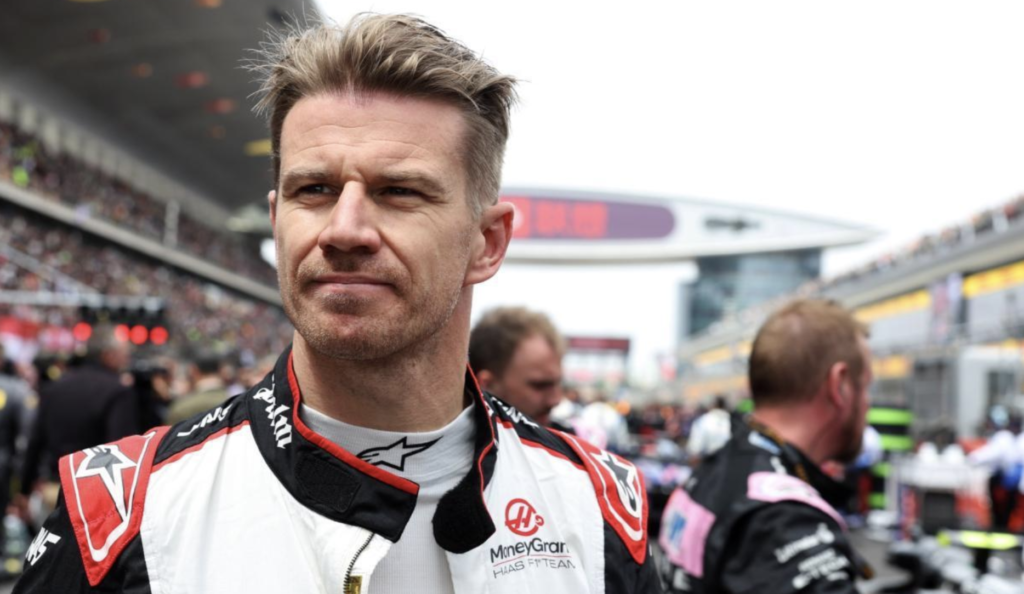
Nico Hulkenberg is shaking things up in the paddock. The 36-year-old has just signed a multi-year deal with Kick Sauber starting in 2025, making him the first pick for Audi’s inaugural season in Formula One. Audi is assuming complete control of Sauber and venturing’ into F1 engine development for the first time, gearing up for a comprehensive manufacturer debut under the new 2026 regulations.
Back in 2022, when Audi first thought about stepping into Formula 1, they were initially focused on supplying power units and getting a slice of the Sauber Group. However, as the 2024 season kicked off, they had a change of heart.
Even though the team won’t adopt the ‘Audi’ name until later, mainly due to honouring its existing Ferrari engine contract until 2025, Audi is eager to have its own drivers in place starting next year. This means that the current Sauber duo of Valtteri Bottas and Zhou Guanyu are expected to make way for the new signings, one of them rumoured to be Ferrari’s Carlos Sainz.
But will Hulkenberg’s move inadvertently put pressure on Sainz to make a move to Audi? Audi was aware that Carlos Sainz, a proven race winner, would be available as a free agent for the 2025 season when they acquired Sauber. Adding to the connection, Sainz’s father has a longstanding affiliation with the German brand from his rallying days. It’s clear that Carlos Sainz was a top priority for Audi, and recent reports indicate that they’ve put forth a tempting long-term contract offer. But now with Sainz’s recent exploits and ongoing negotiations with RedBull, the Spaniard is in a tricky spot to choose the right team in the right time. Helmut Marko, RedBull racing department head, recently hinted that Red Bull has been in talks with Carlos Sainz.
However, he also mentioned that they couldn’t match Audi’s offer. It seems like Audi has been actively pursuing drivers like Nico Hulkenberg, who has a wealth of F1 experience with over 200 Grand Prix starts. Hulkenberg’s commitment to Audi leaves Sainz in a delicate position, having to carefully consider his options as the driver market shifts throughout the season. Each decision made by other drivers in the market seems to limit Sainz’s choices even further. It’s a tough situation for Sainz, navigating through a competitive driver market while considering the offers and dynamics at both Red Bull and Audi.
The recent move not only affects Carlos Sainz’s options but also introduces some uncertainty in the driver’s market in the future. Considering Sainz’s situation, it’s improbable that either Red Bull Racing or Mercedes would offer the same level of long-term stability as Audi. Red Bull has a track record of keeping their second drivers constantly challenged, while Mercedes seems to be grooming 17-year-old Andrea Kimi Antonelli as their potential future star.
Hulkenberg’s move to Sauber for the 2025 season also ultimately creates an opening at Haas. Kevin Magnussen has a longstanding history with Haas since 2017, and his easy-going nature has endeared him to the team. He’s also known for his aggressive racing style, although he has faced challenges with one-lap performance lately.
A strong candidate to replace Hulkenberg at Haas is Oliver Bearman, a member of the Ferrari Driver Academy. Bearman made a strong impression with a late call-up to a Ferrari race seat in Saudi Arabia, showcasing his potential as a front-running driver. Bearman, who is 18 years old, completed testing for Haas last year, meeting the team’s rookie requirements. This season, he’s been given even more opportunities, with plans for him to participate in six practice sessions, beginning with Imola next month, even though his Formula 2 season has been comparatively unimpressive.
As the dust settles on Nico Hulkenberg’s signing with Audi and the intricate dance of driver negotiations continues, Carlos Sainz finds himself at the center of a high-stakes game. With Audi keen on securing his talents for their upcoming F1 venture, Sainz must weigh his options carefully amidst ongoing talks with Red Bull and the evolving driver market. The ripple effects of these moves extend beyond individual careers. Only time will tell where the pieces will fall and which teams emerge as the ultimate winners with the new regulations in 2026.




